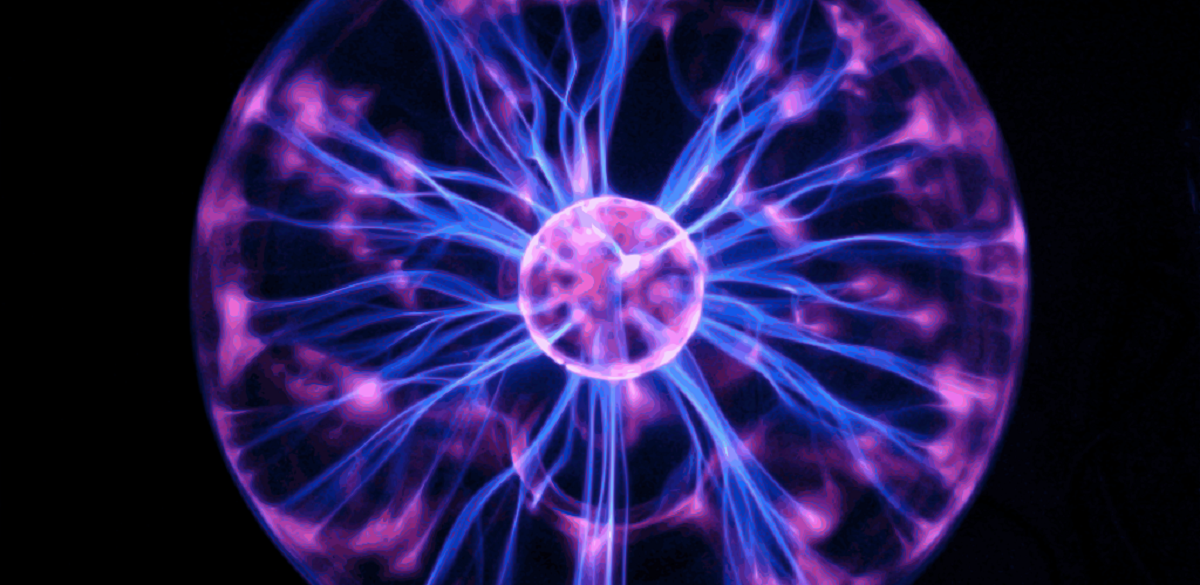
Surely you have ever heard the concept of laws of thermodynamics. It is also known for the principles of thermodynamics. These refer to the most elementary formulations of this branch of physics. It is as if he is our father in terms of the basis of everything. They are a set of formula situations that are responsible for describing the behavior of the so-called thermodynamic systems. These systems are a portion of the universe isolated in a theoretical way to be able to do studies and understand everything that concerns fundamental physics such as temperature, energy and entropy.
In this article we are going to explain everything you need to know about the laws of thermodynamics.
Laws of thermodynamics

There are 4 laws of thermodynamics and they are listed from zero to three, these laws serve to understand all the physical laws of our universe as well as the impossibility of certain phenomena being seen in our world.
These laws have different or origin. Some were formulated from the previous ones. The last known law of thermodynamics is the zero law. These laws are permanent in all studies and research carried out in laboratories. They are essential to understand how our universe works. We are going to describe one by one what the laws of thermodynamics are.
First Law of Thermodynamics

This law says that energy cannot be created or destroyed, only transformed. This is also known as the law of conservation of energy. It is practically indicating that in any physical system isolated from its environment, energy in all its quantity will always be the same. Although energy can be transformed in one way or another into other types of energies, the totality of all this energy is always the same.
We are going to give an example to understand it better. Following this principle, if we supply a certain amount of energy in the form of heat to a physical system, the total amount of energy can be calculated by finding the difference between the increase in its internal energy plus the work done by the system in its surroundings. In other words, the difference between the energy that the system has at that moment and the work it has done will be the heat energy that is released. However, If we add up all the total energy of the system, even if part of it has been transformed as heat, the total sum of the energy of the system is the same.
Second law of thermodynamics
This law says the following: given enough time, all systems will eventually tend to unbalance. This principle is also known by the name of the law of entropy. It can be summarized as follows. The amount of entropy that exists in the universe tends to increase over time. The entropy of a system is what measures its degree of disorder. That is, the second law of thermodynamics is telling us that the degree of disorder of systems increases once they have reached the point of equilibrium. This or it means that if we give enough time to a system it will eventually have imbalance.
This is the law that is responsible for explaining the irreversibility of some physical phenomena. For example, helps us explain why a paper has burned a paper cannot return to its original shape. In this system known as paper and fire, disorder has increased to such an extent that it is not possible to return to its origin. This law introduces the entropy state function, which in the case of physical systems is responsible for representing the degree of disorder and its inevitable loss of energy.
All of this works with entropy, linking the degree of energy that cannot be used by a system and is therefore lost to the environment. This occurs if it is a change in the equilibrium state. The last degree of equilibrium will have more entropy than the first. This law states that the change in entropy will always be equal to or greater than the heat transfer divided by the temperature of the system. Temperature in this case is an important variable to define the entropy of the system.
To understand the second principle of thermodynamics we are going to give an example. If we burn a certain amount of matter and we put the ball together with the resulting ashes, we can see that there is less matter than in the initial state. This is because matter has turned into gases that cannot be recovered and that lead to dispersion and disorder. This is how we see that in state one there was at least entropy than in state two.
Third law of thermodynamics

This law says the following: when reaching absolute zero the processes of physical systems stop. Absolute zero is the lowest temperature we can be at. In this case, we measure the temperature in degrees Kelvin. In this way, it is stated that temperature and cooling cause the entropy of the system to be taken to absolute zero. In these cases it is treated more as a definite constant. When absolute zero is reached, the processes of physical systems stop. Therefore, the entropy will have a minimum but constant value.
Reaching absolute zero or not is easy. The value of absolute zero in kelvin degrees is zero but if we use it in the Celsius temperature scale measurement is -273.15 degrees.
Zero law of thermodynamics
This law was the last to run and reads as follows: if A = C and B = C, then A = B. This establishes the basic and fundamental precepts of the other three laws of thermodynamics. It is the one that supposes the name of law of thermal equilibrium. That is, if the systems are in thermal equilibrium independently with other systems, they must be in thermal equilibrium with each other. This law makes it possible to establish the principle of temperature. This principle serves to compare the thermal energy of two different bodies found in thermal equilibrium with each other. If these two bodies have a thermal equilibrium, it will be unnecessarily at the same temperature. If, on the other hand, both change the thermal balance with a third system, they will also be with each other.
I hope that with this information you can learn more about the laws of thermodynamics.
Hello good, how could I know more about the subject? Thank you, greetings.